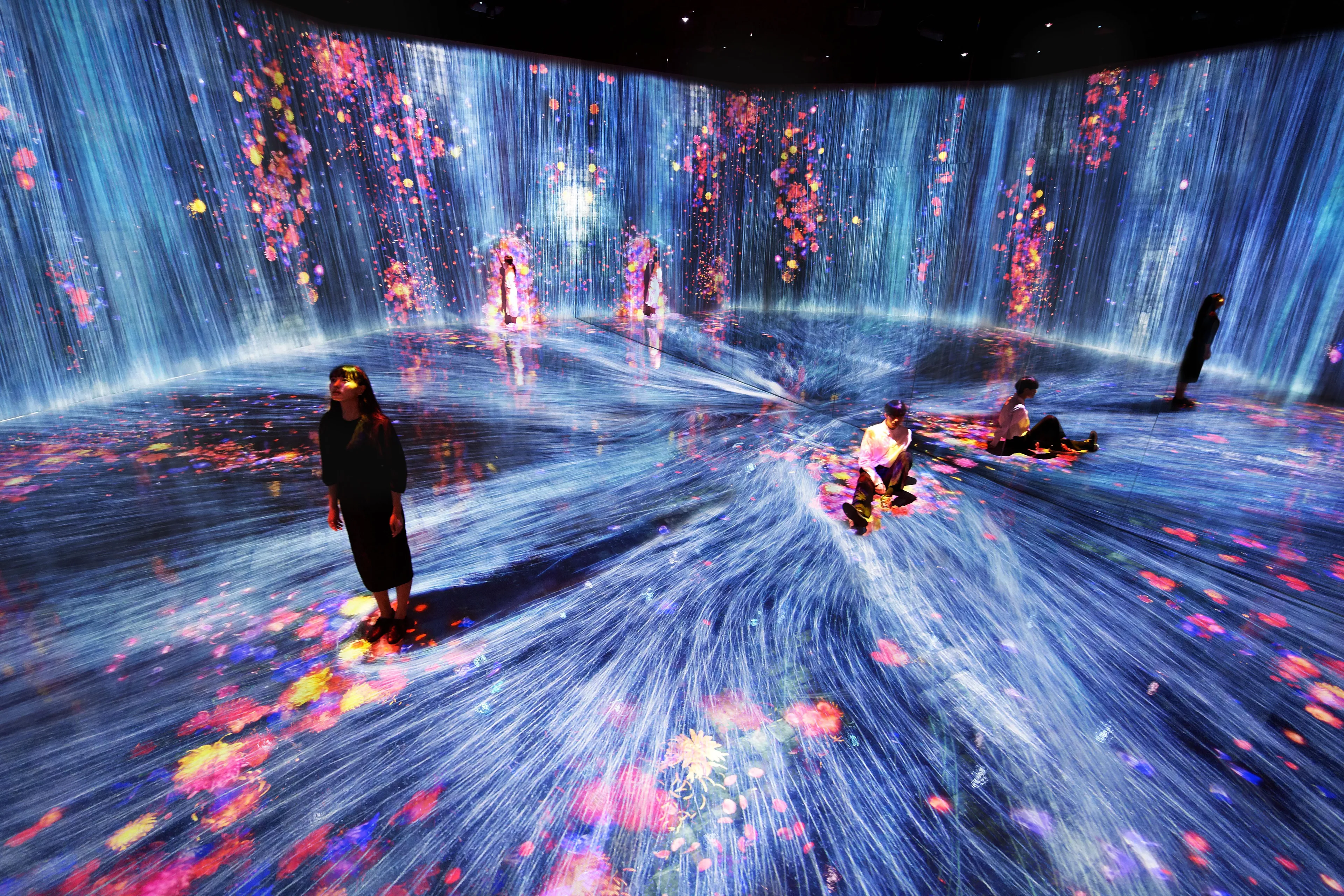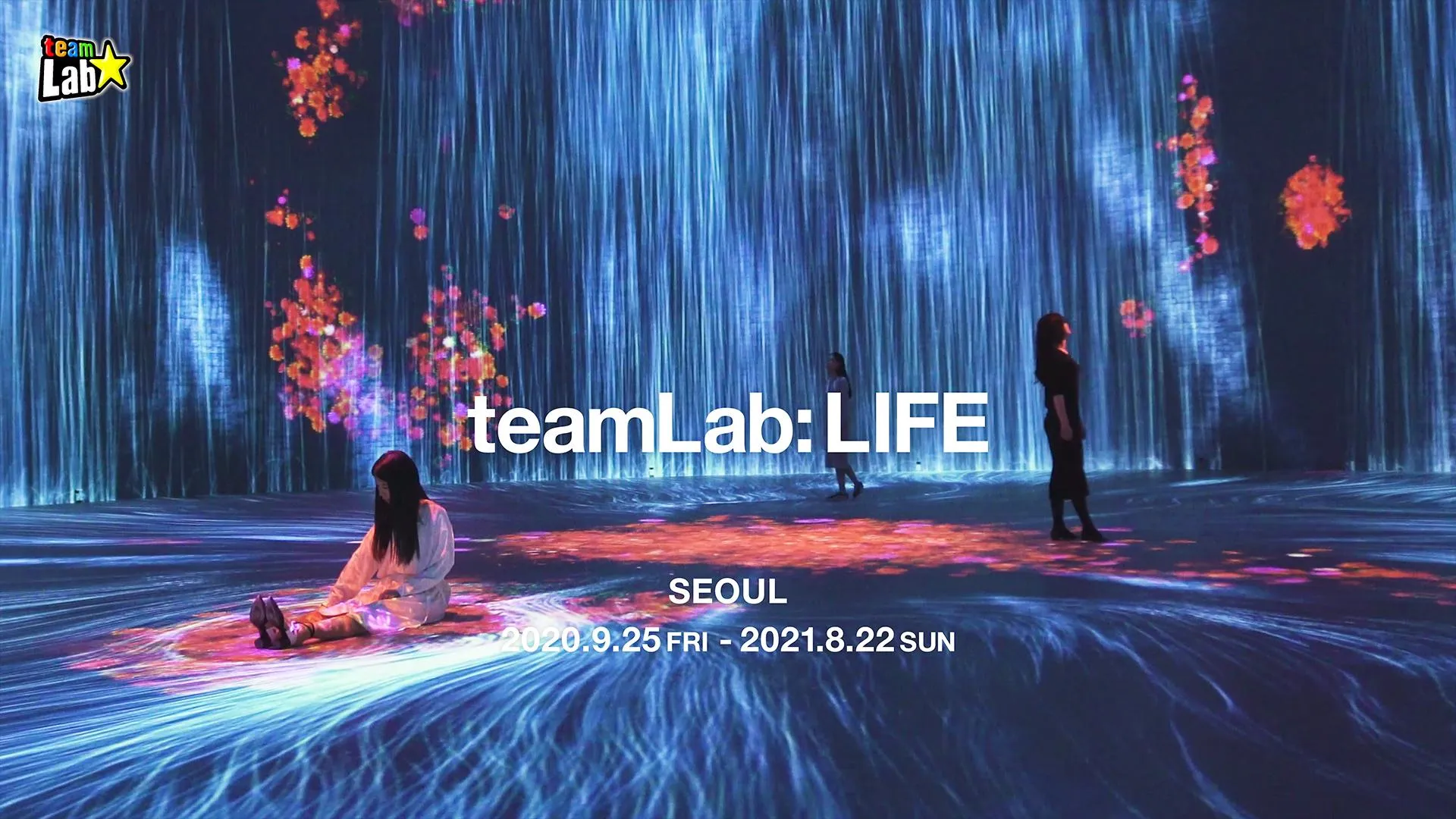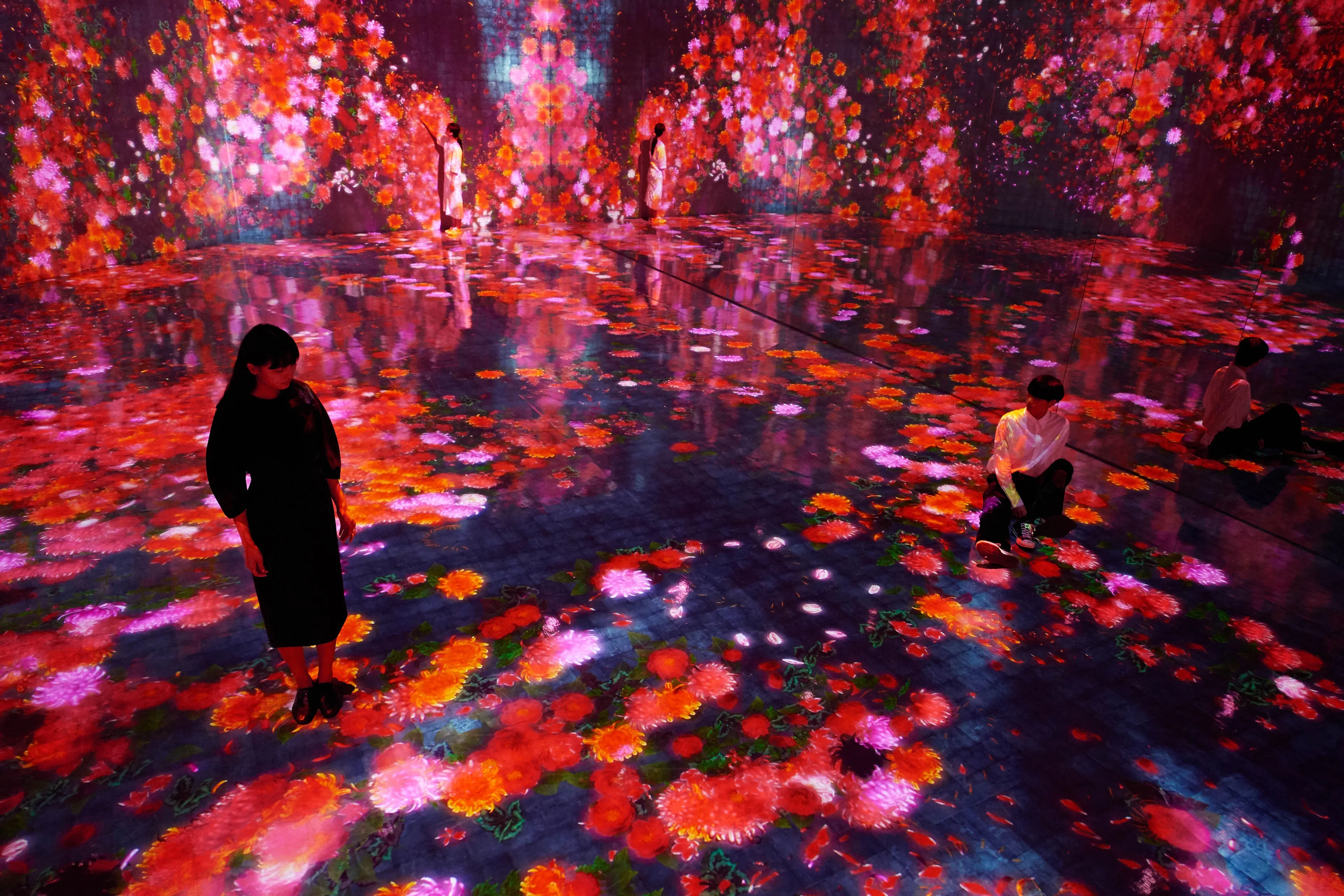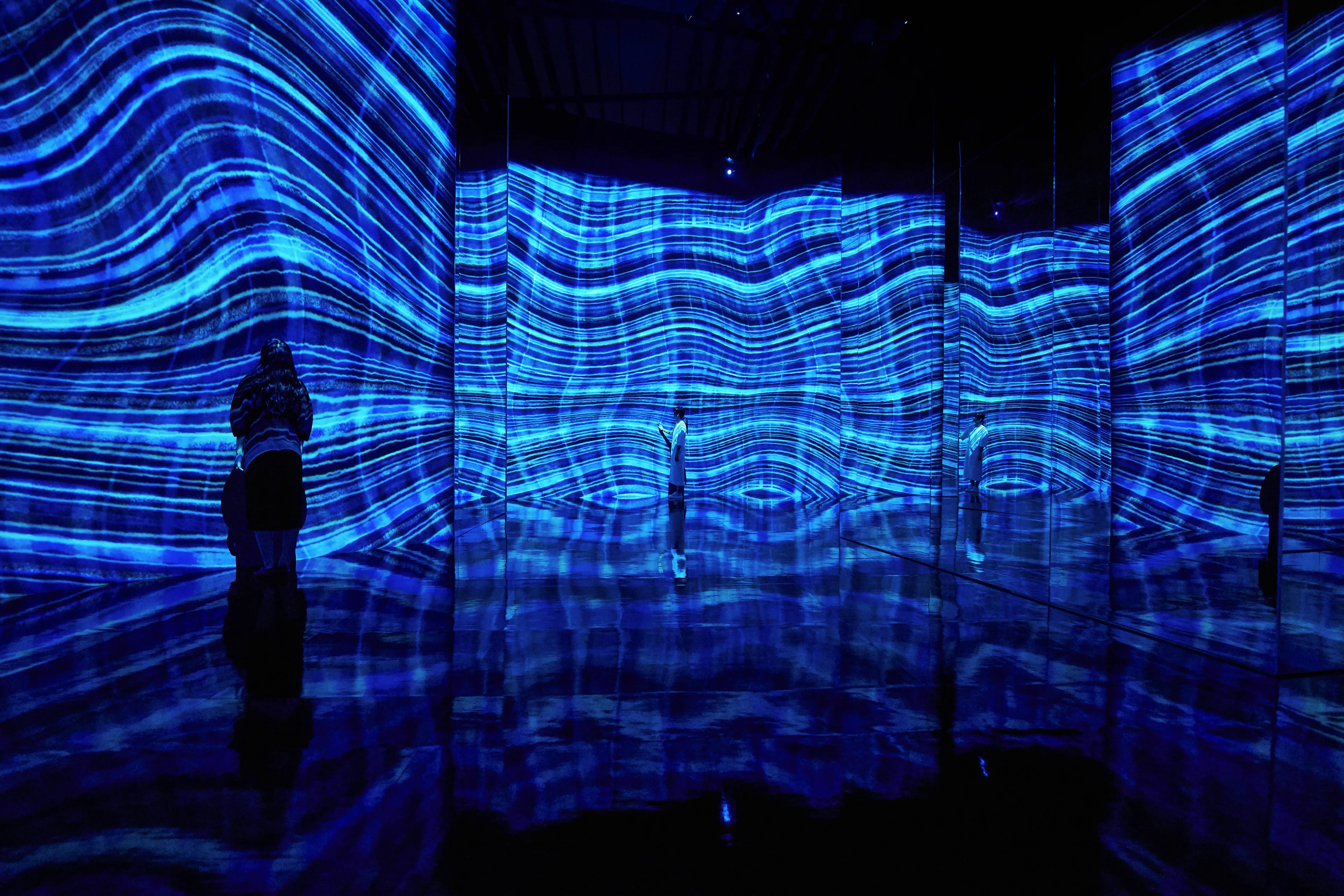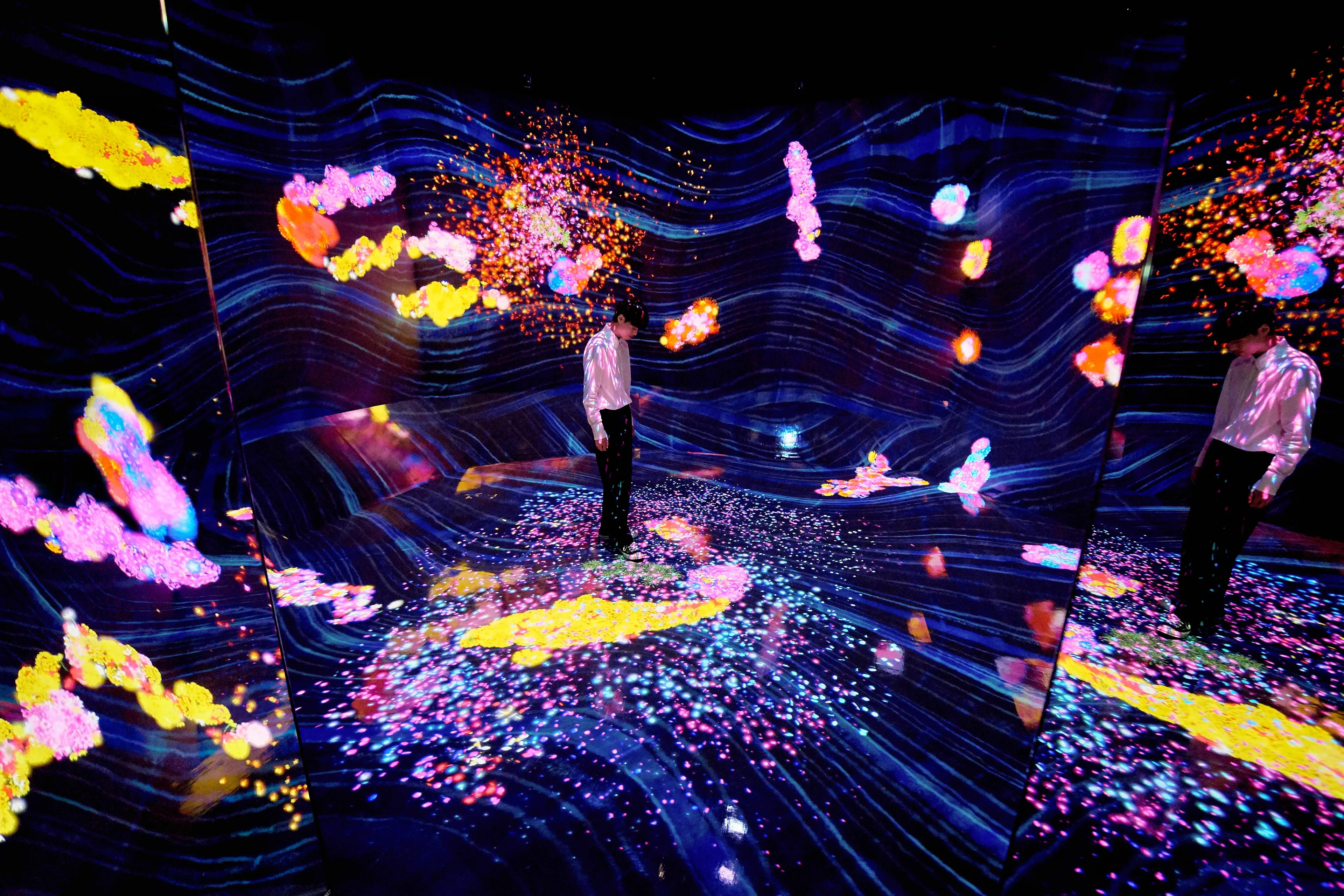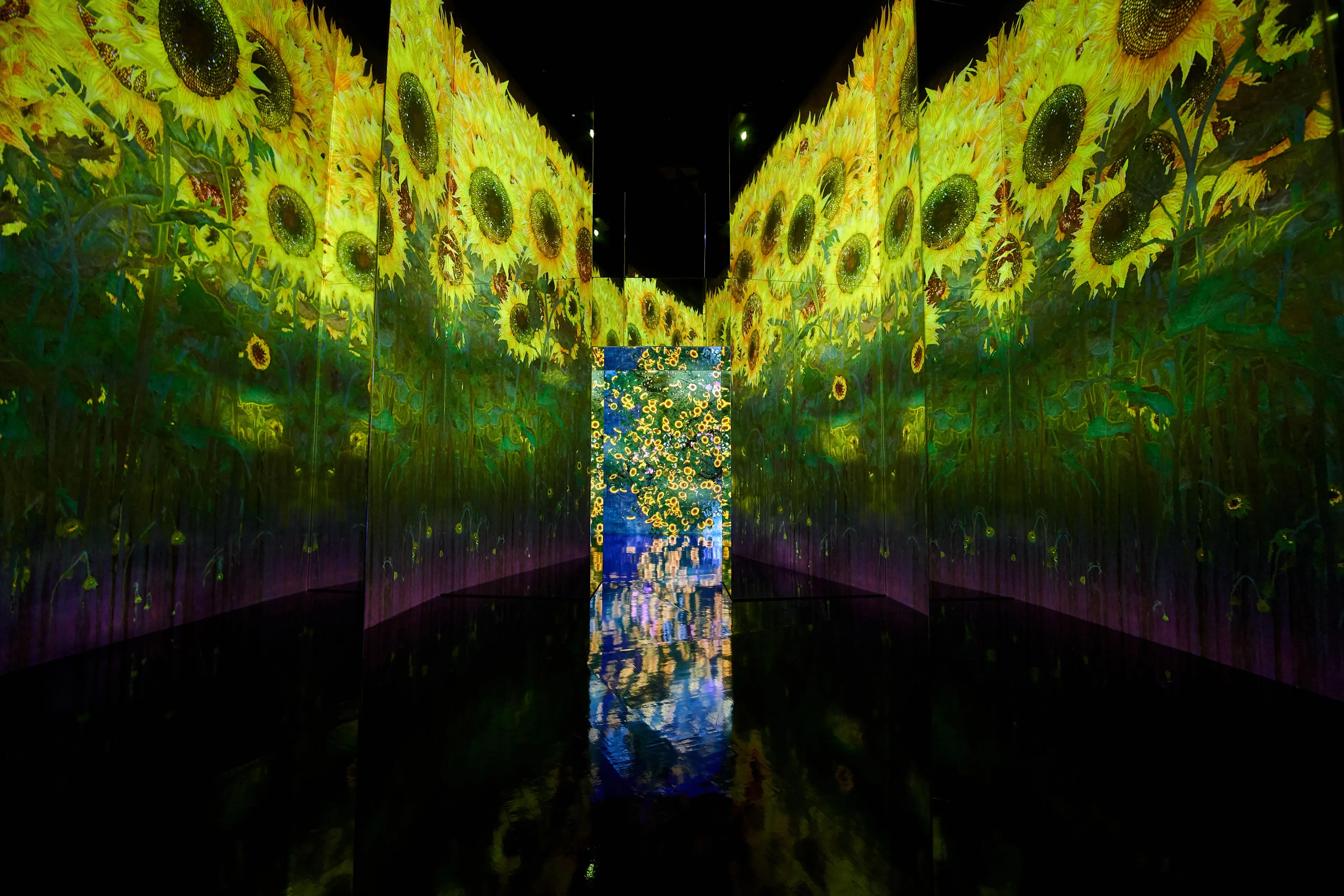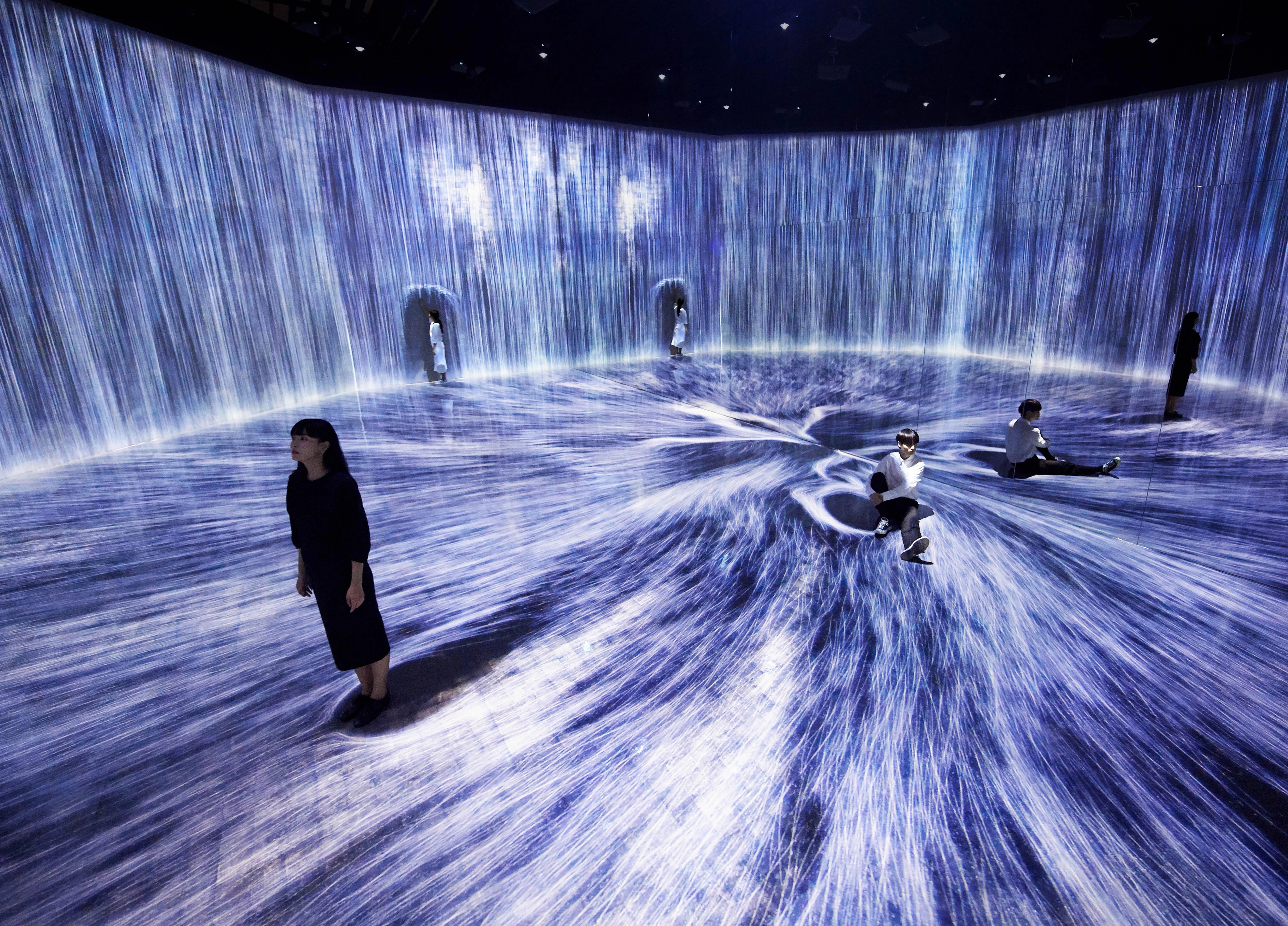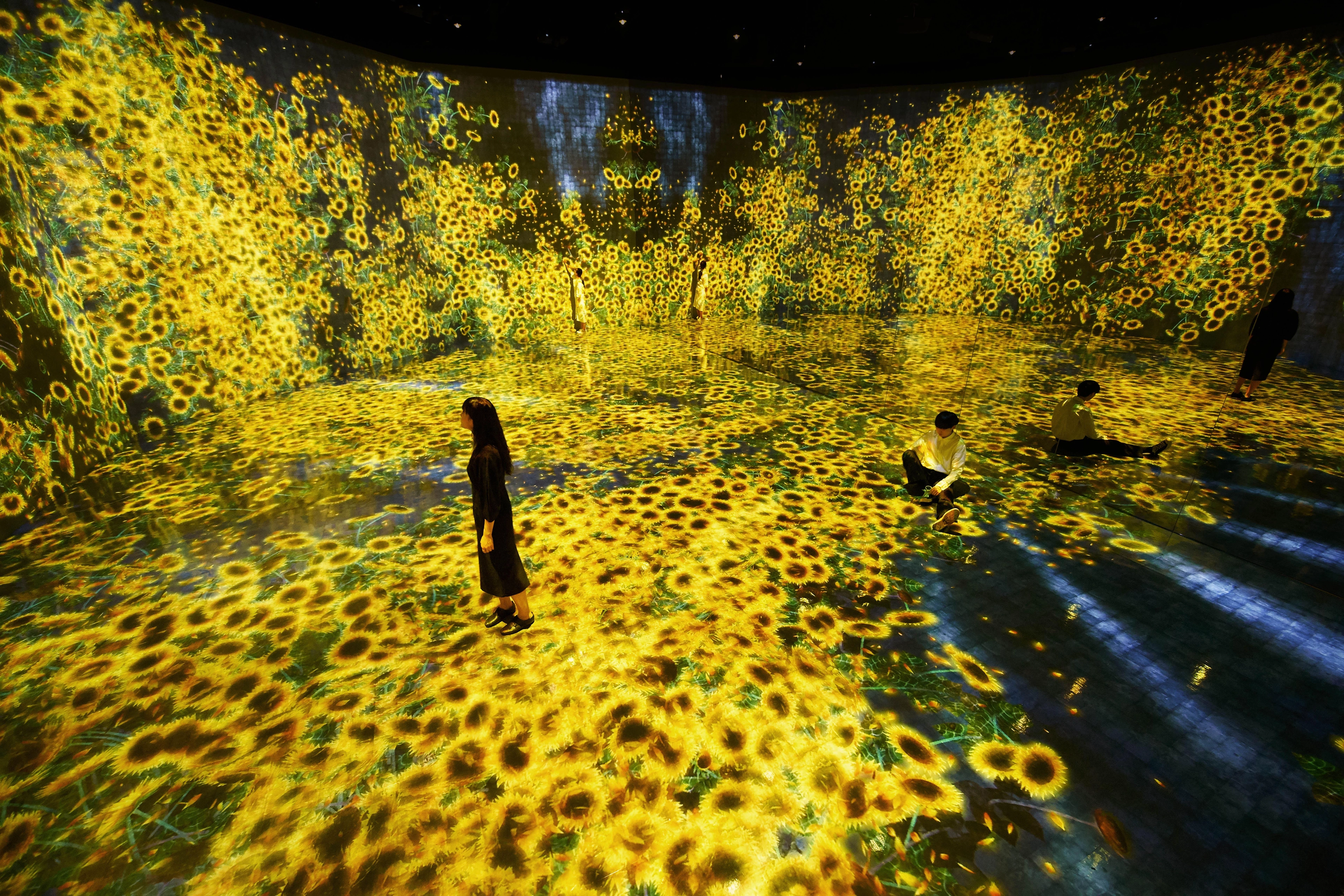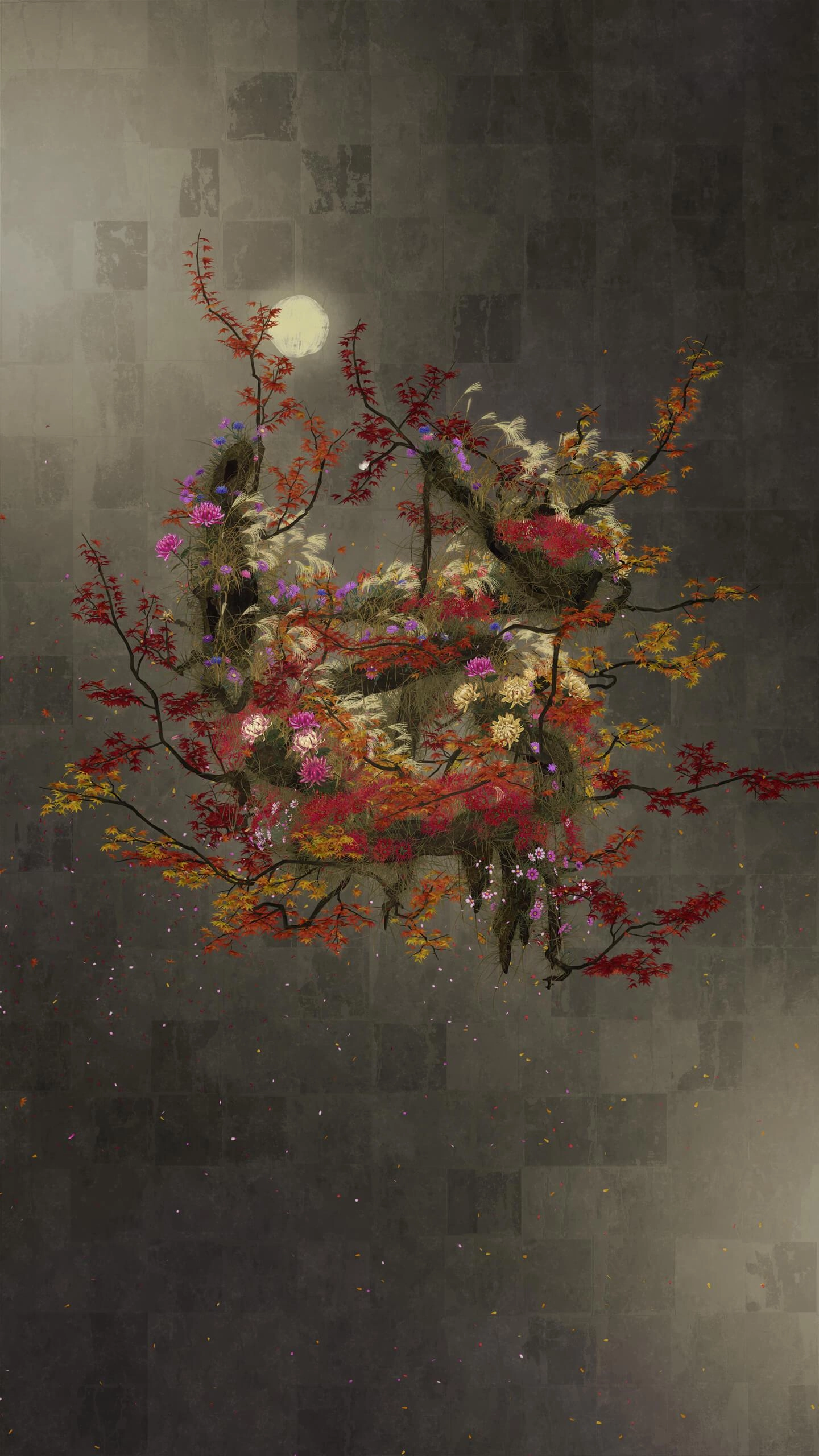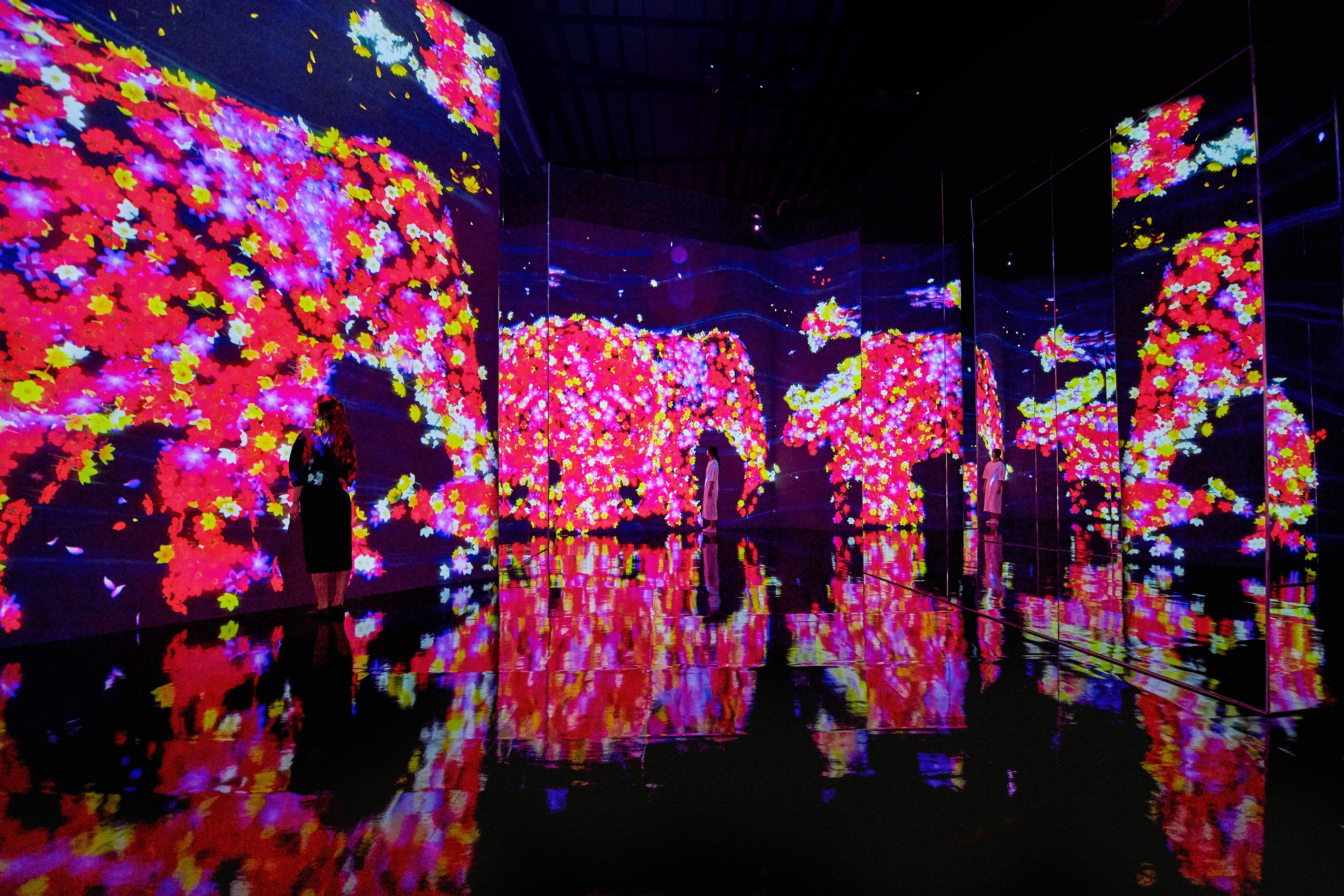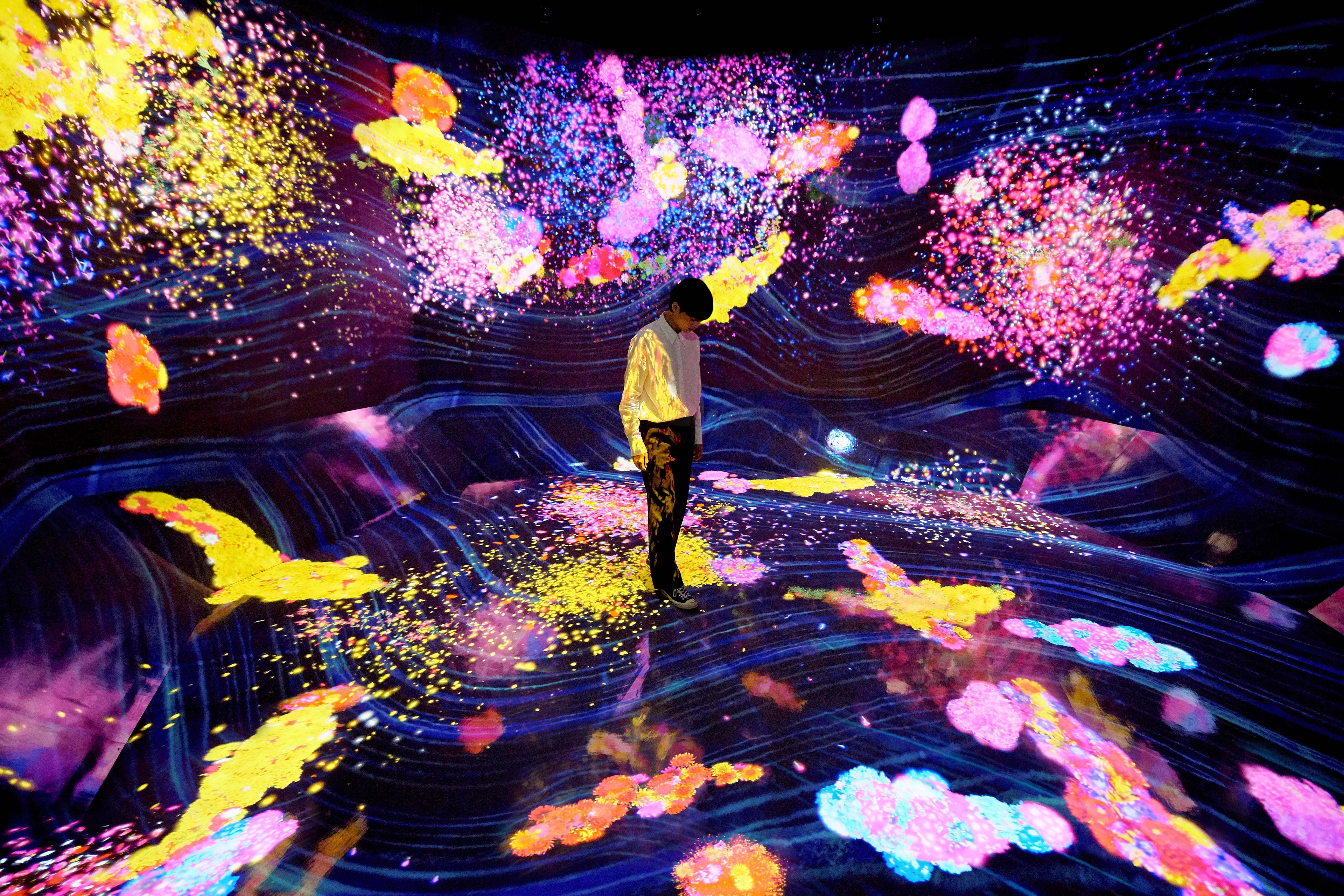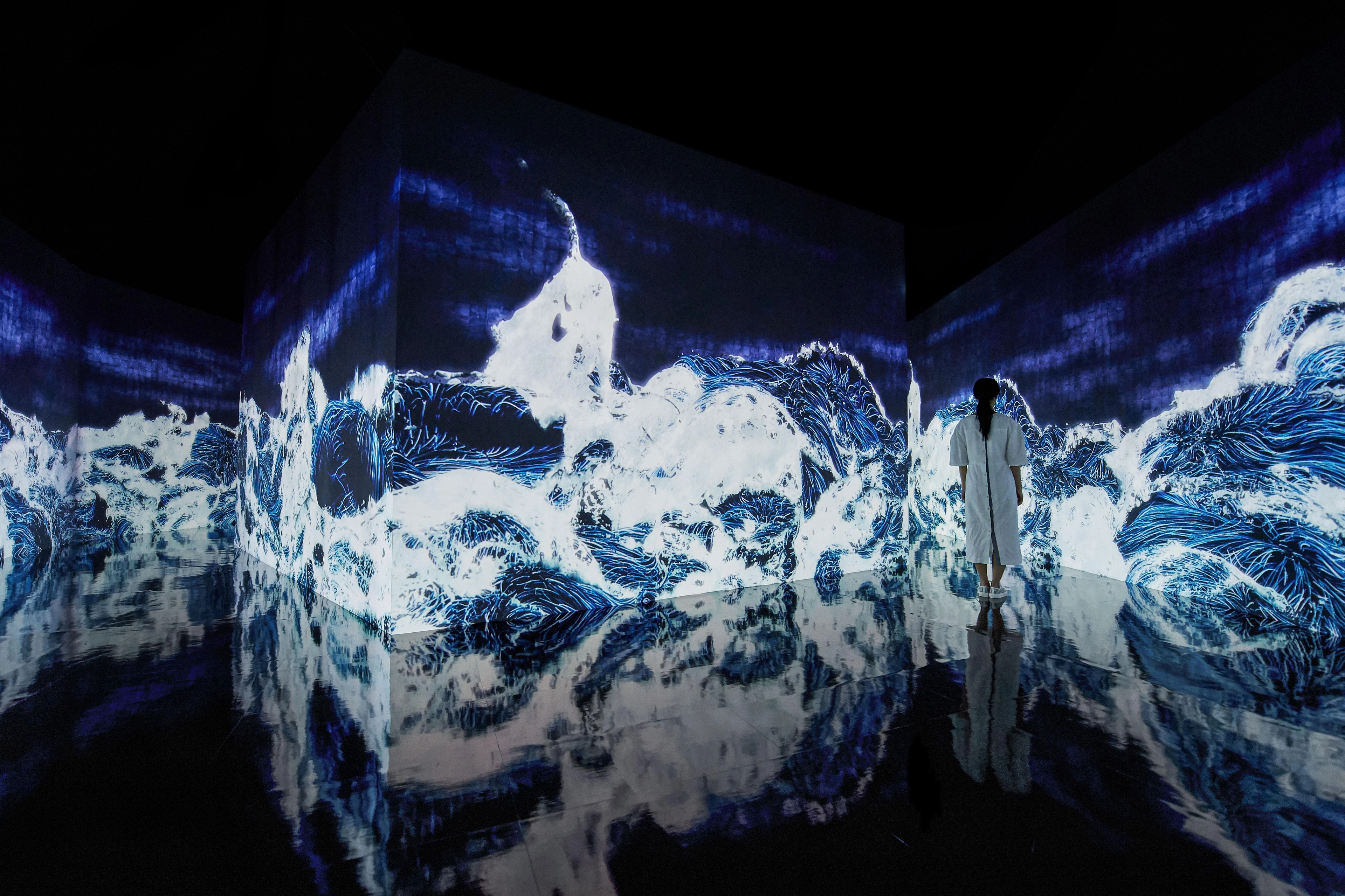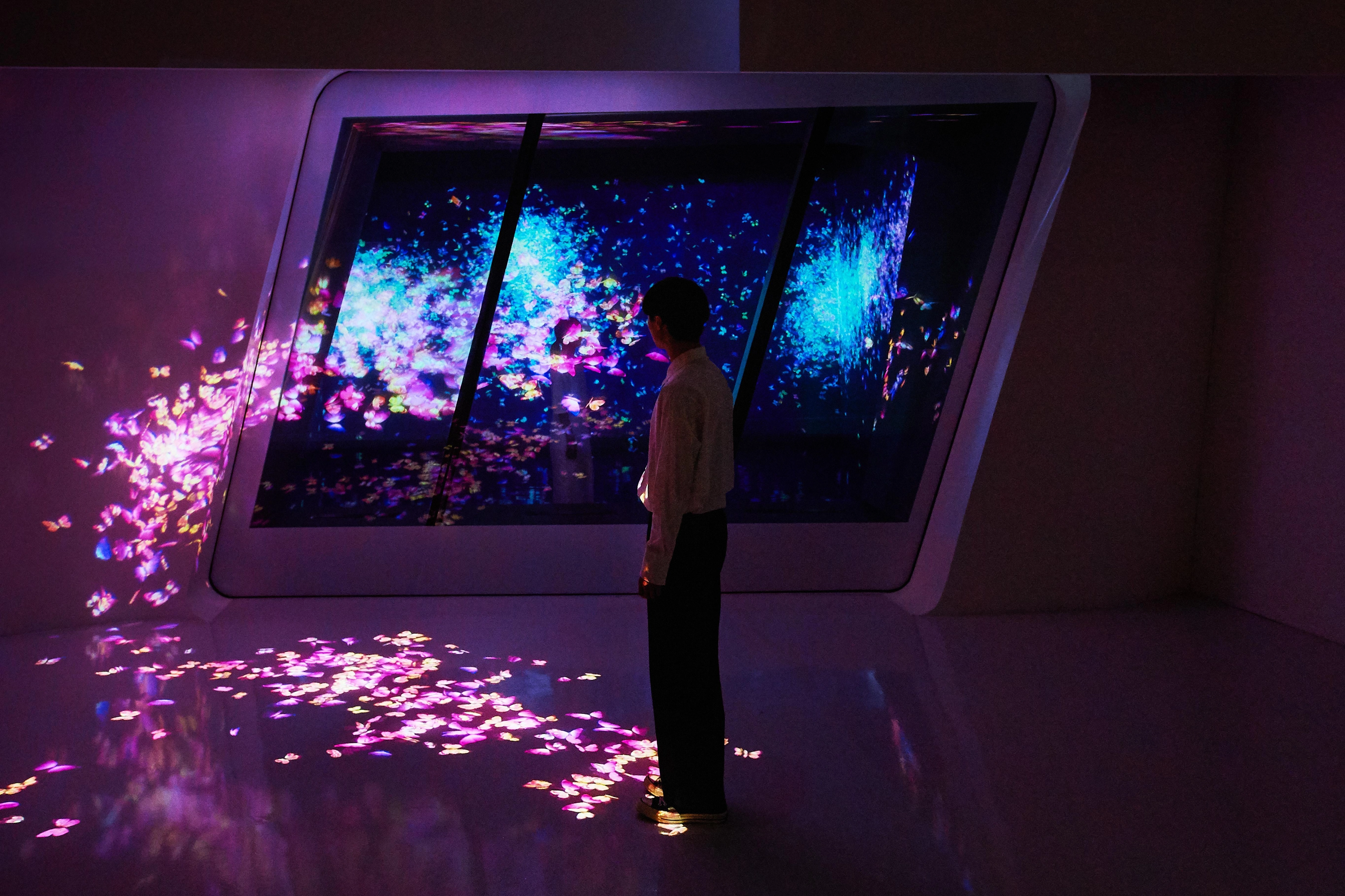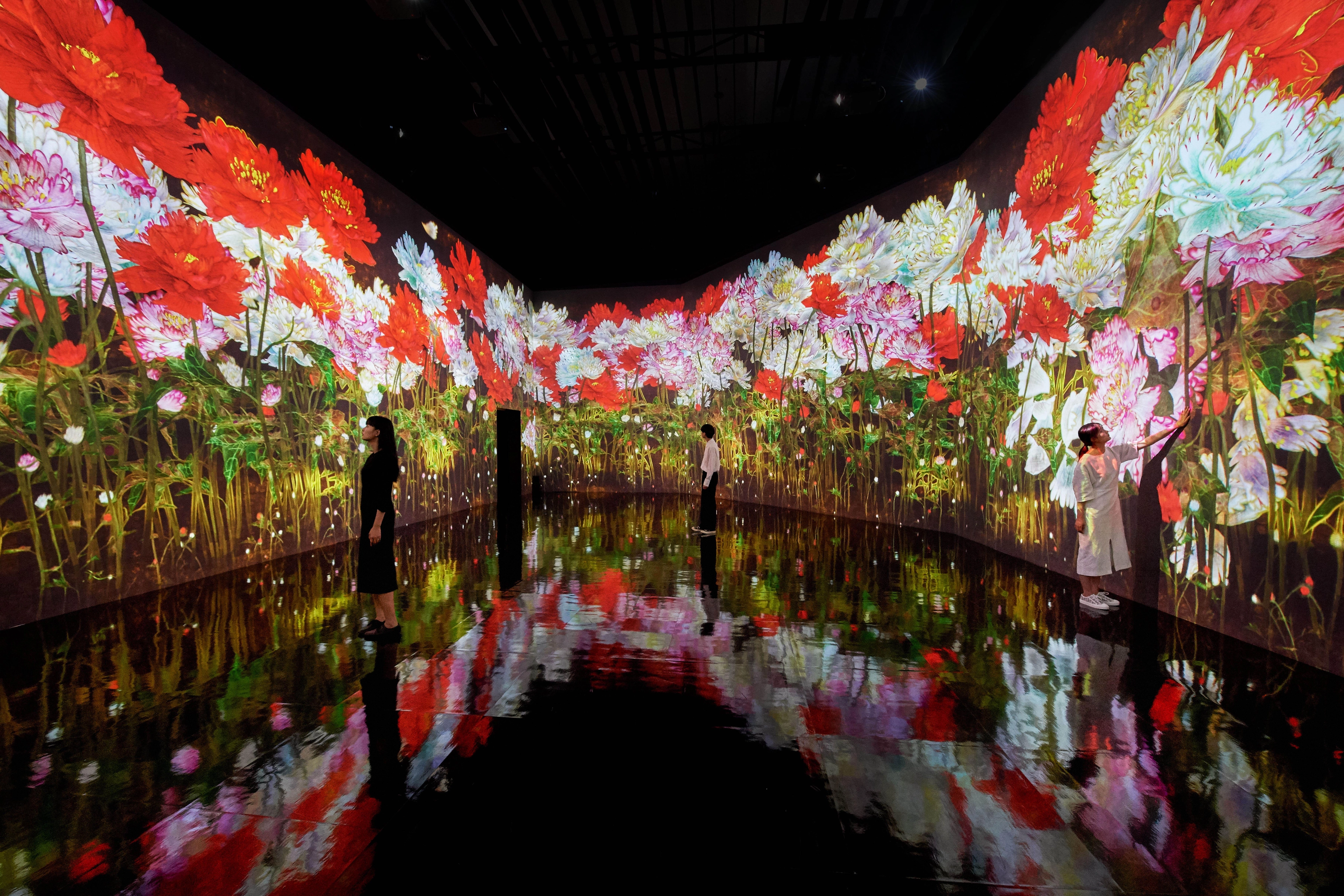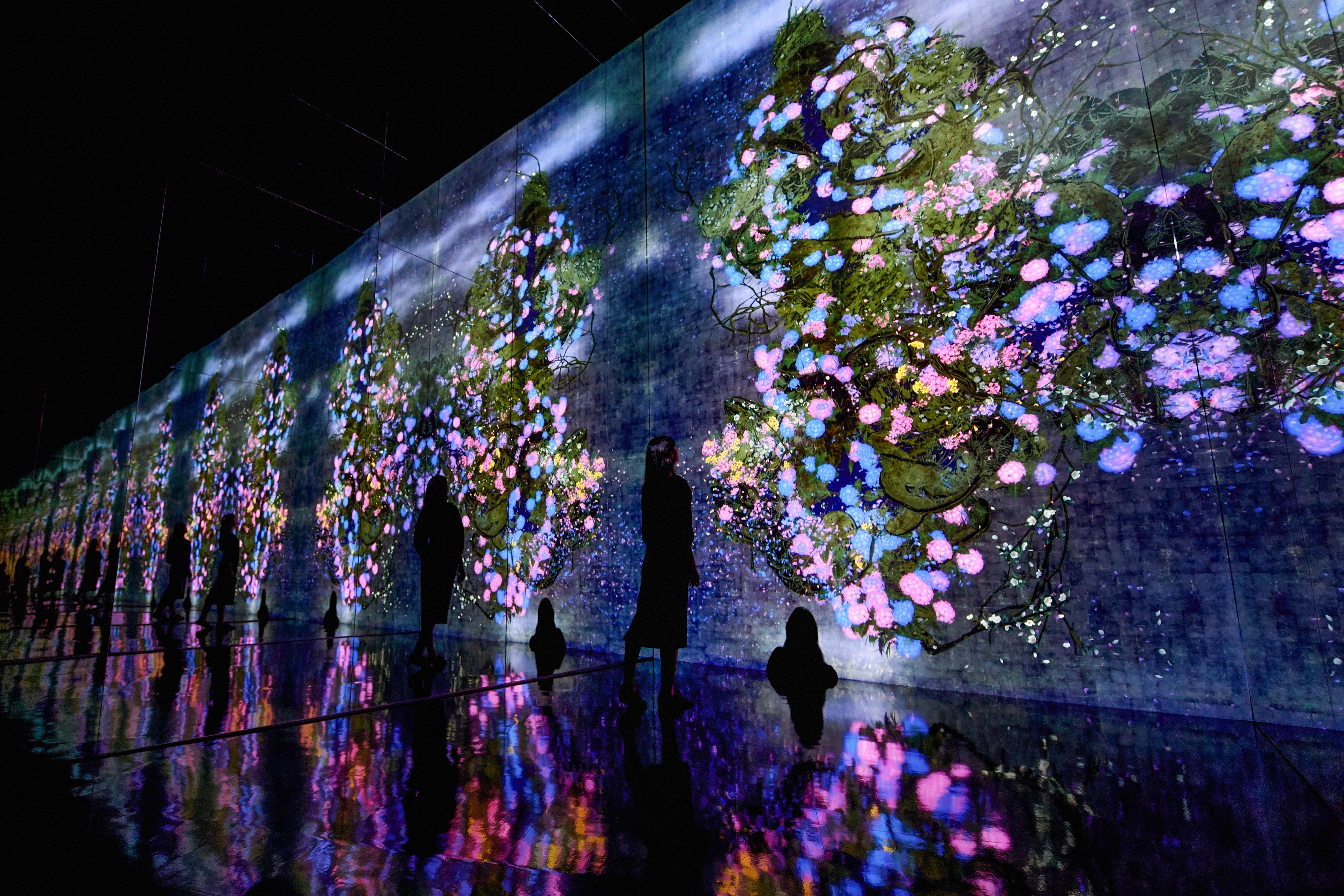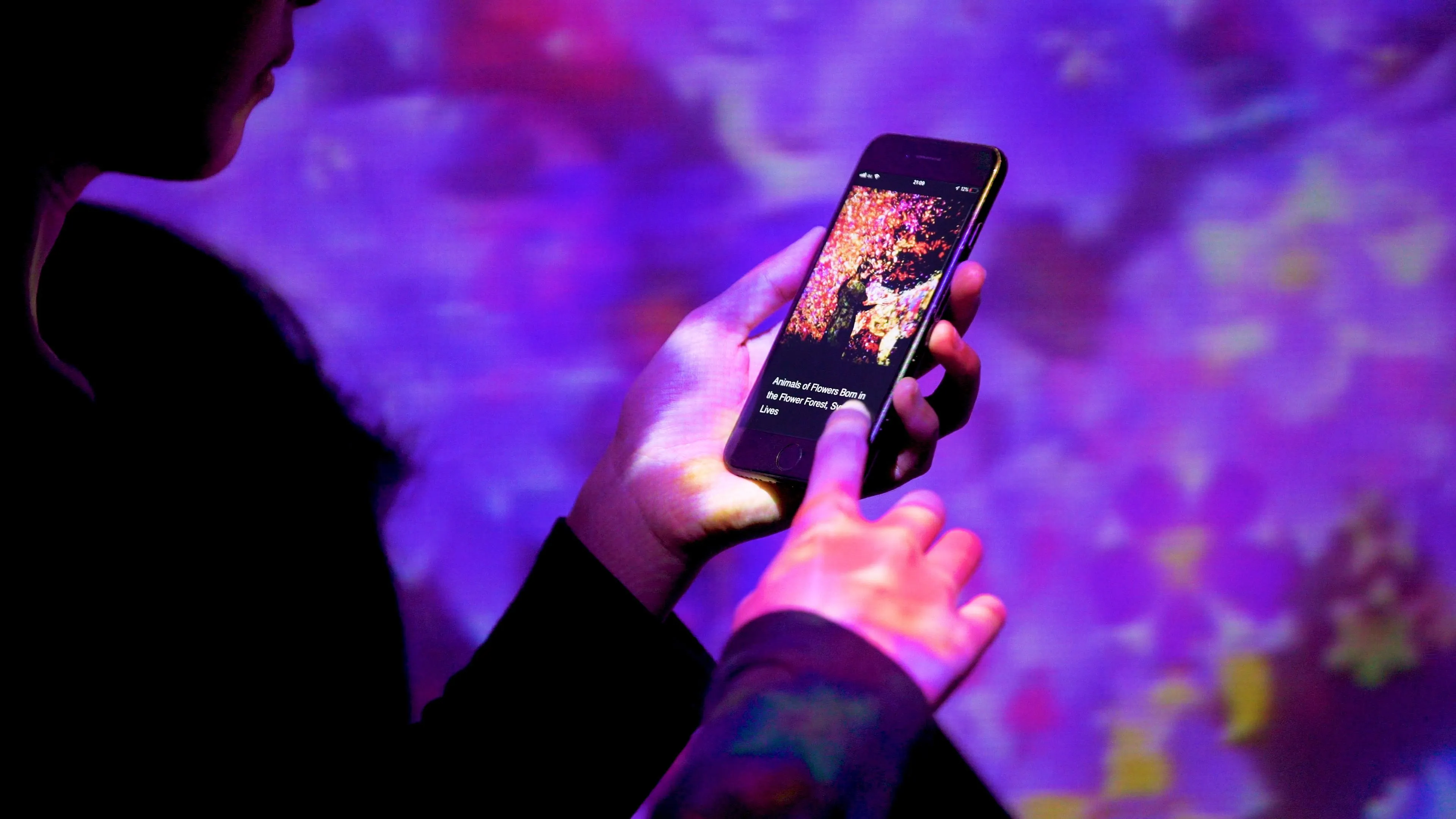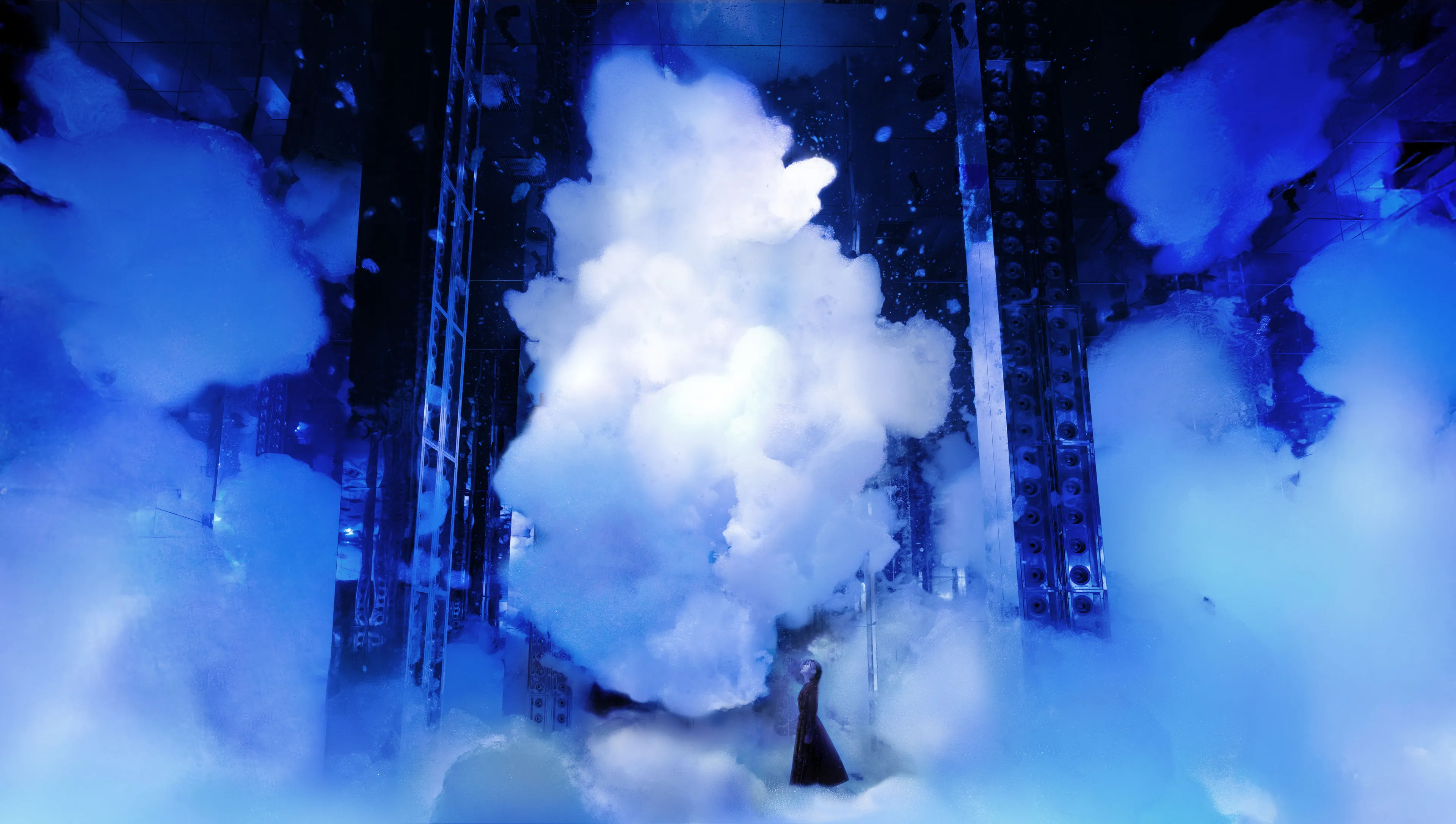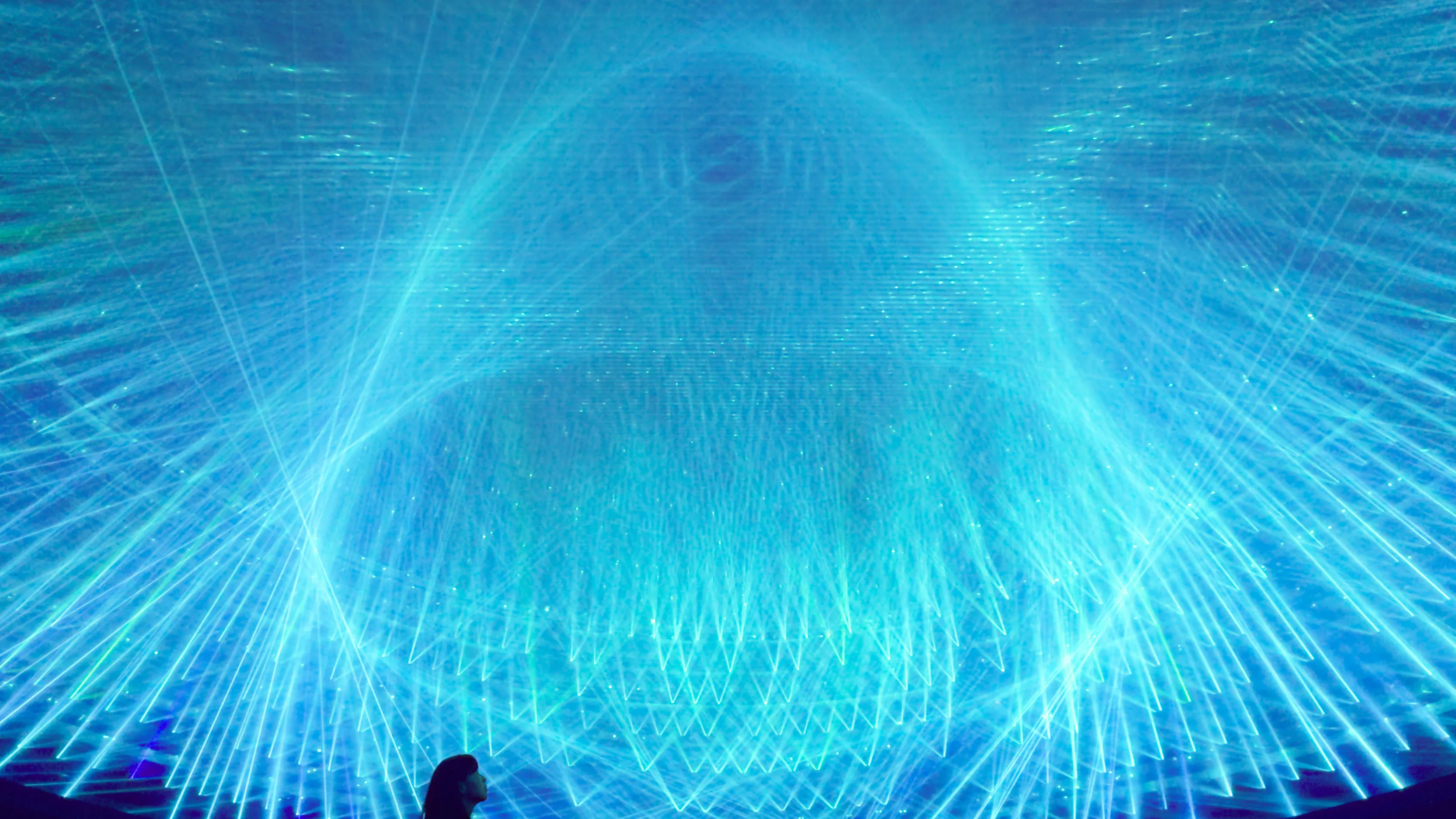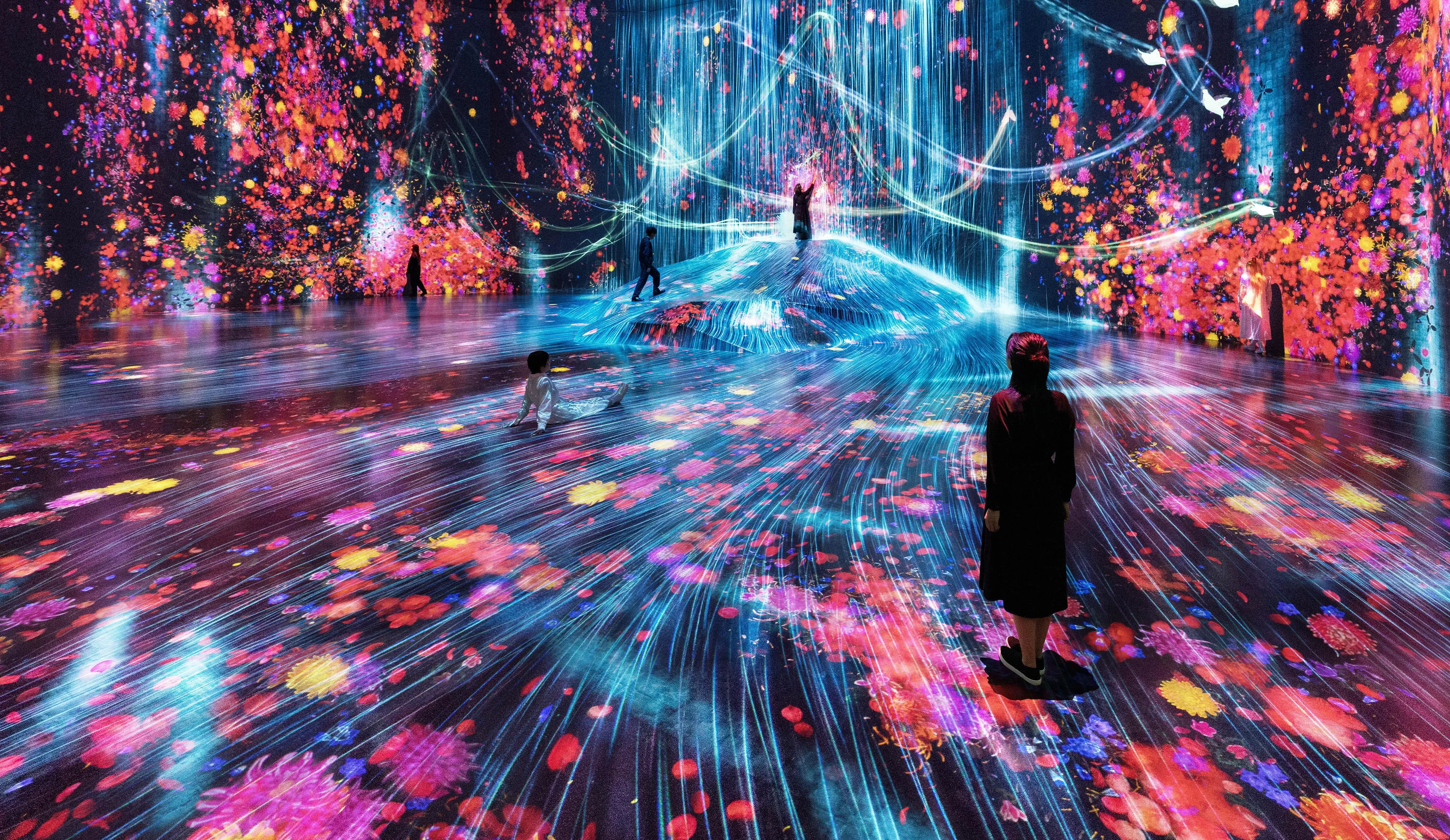Publiziert in The Korea Herald, (Jan 18, 2021 )
[Feature] When art meets technology
The artwork -- “Animals of Flower, Symbiotic Lives II” -- was one of several at the exhibition “teamLab: LIFE” at Dongdaemun Design Plaza in Seoul that went viral after it opened last September, attracting a large number of visitors despite the ongoing pandemic. Designed by teamLab, an art collective, the artworks are not pre-recorded images on continuous playback. The works are created by a computer program that recognizes viewers in real time. In other words, the art pieces change constantly depending on how the viewers choose to interact with the installed works.(Excerpt from the text)
